Artist:
Tino Tracanna & Corrado Guarino
Title:
Gesualdo
Year Of Release:
1999
Label:
Splasc(H) [CDH 677.2]
Genre:
Jazz, Free Jazz
Quality:
FLAC (tracks + .cue,log,scans)
Total Time: 71:48
Total Size: 372 MB(+3%)
WebSite:
Album Preview
Tracklist01. Se vi duol il mio duolo (G. da Venosa, from V Book of Madrigals) - 8:54
02. Si (Guarino) - 7:42
03. Si gioioso mi fanni i dolor miei (G. da Venosa, from I Book of Madrigals) - 6:54
04. Oh, dolce mio tesoro (G. da Venosa, from VI Book of Madrigals) - 4:58
05. Ancide sol la morte (G. da Venosa, from VI Book of Madrigals) - 2:08
06. Sol (Guarino) - 12:20
07. Itene (Tracanna) - 8:35
08. Chi (Guarino) - 12:40
09. Moro lasso al mio duolo (G. da Venosa, from VI Book of Madrigals) - 7:37
personnel : Tino Tracanna - tenor saxophone
Corrado Guarino - conductor, arranger
Maria Pia de Vito - vocals
Claudio Pontiggia - French horn
Riccardo Parrucci - flute
Gloria Merani - violin
Alessandro Franconi - viola
Filippo Burchietti - cello
Paolino Dalla Porta - bass
Francesco Petreni - drums
Fulvio Maras - percussion
This is an Italian crew playing music of Italian pedigree, and playing it with an impeccably contemporary jazz flair. Five of the nine tracks are by Gesualdo da Venosa, a post- Renaissance composer whose dates are 1560—1613. The remaining four tracks were inspired by Gesualdo but composed by conductor/arranger Corrado Guarino, except for "Itene," by saxophonist Tino Tracanna. Guarino also arranged the Gesualdo pieces.
Jazz has been borrowing from classical music for decades, but seldom has anyone gone back as far as the 16th century. Indeed, you might consider an Italian madrigal composer an unlikely source of inspiration for modern jazz musicians. But the press packet explains that Gesualdo was "at the crossroads between modal and tonal conceptions of Western music." And the liner notes further explain that the modal/tonal encounter is "strikingly evident in Afro-American music." Jazz and baroque therefore have something to offer one another. It makes sense. I've often heard hints of pre-modern harmony in the music of trumpeter Kenny Wheeler, for instance.
The instrumentation chosen for this project is quite similar to the "double quartet" used by saxophonist Ted Nash on his brilliant CD Rhyme & Reason (Arabesque, 1999). Hip jazz tempos and time feels—always latin-or funk-derived, never swing—coexist with bona fide early chamber music. Strings play background lines behind soloists in the manner of Art Blakey and the Jazz Messengers. Maria Pia De Vito is clearly a trained classical singer but can scat with the best of them, as she does on "Sol," "Chi," and "Sì gioioso mi fanni i dolor miei." And Tracanna's tenor and soprano solos are consistently riveting, perfectly suiting the mood of each piece. Claudio Pontiggia's deft French horn solos also deserve mention. All the while, the jazz/baroque juxtaposition is never forced or contrived. The elements inform one another seamlessly, almost imperceptibly.~David Adler
Exact Audio Copy V1.5 from 20. February 2020
EAC extraction logfile from 29. January 2022, 23:47
Tino Tracanna, Corrado Guarino / Gesualdo
Used drive : hp DVDRW SU208HB Adapter: 1 ID: 0
Read mode : Secure
Utilize accurate stream : Yes
Defeat audio cache : Yes
Make use of C2 pointers : No
Read offset correction : 6
Overread into Lead-In and Lead-Out : No
Fill up missing offset samples with silence : Yes
Delete leading and trailing silent blocks : No
Null samples used in CRC calculations : Yes
Used interface : Native Win32 interface for Win NT & 2000
Gap handling : Appended to previous track
Used output format : User Defined Encoder
Selected bitrate : 1024 kBit/s
Quality : High
Add ID3 tag : No
Command line compressor : C:\Program Files\EAC 1.5\Exact Audio Copy\FLAC\FLAC.EXE
Additional command line options : -8 -V -T "ARTIST=%artist%" -T "TITLE=%title%" -T "ALBUM=%albumtitle%" -T "DATE=%year%" -T "TRACKNUMBER=%tracknr%" -T "GENRE=%genre%" -T "PERFORMER=%albuminterpret%" -T "COMPOSER=%composer%" %haslyrics%--tag-from-file=LYRICS="%lyricsfile%"%haslyrics% -T "ALBUMARTIST=%albumartist%" -T "DISCNUMBER=%cdnumber%" -T "TOTALDISCS=%totalcds%" -T "TOTALTRACKS=%numtracks%" -T "COMMENT=%comment%" %source% -o %dest%
TOC of the extracted CD
Track | Start | Length | Start sector | End sector
---------------------------------------------------------
1 | 0:00.00 | 8:54.05 | 0 | 40054
2 | 8:54.05 | 7:42.27 | 40055 | 74731
3 | 16:36.32 | 6:54.20 | 74732 | 105801
4 | 23:30.52 | 4:57.55 | 105802 | 128131
5 | 28:28.32 | 2:07.73 | 128132 | 137729
6 | 30:36.30 | 12:20.12 | 137730 | 193241
7 | 42:56.42 | 8:35.10 | 193242 | 231876
8 | 51:31.52 | 12:39.48 | 231877 | 288849
9 | 64:11.25 | 7:37.35 | 288850 | 323159
Track 1
Filename C:\Users\cesare\Desktop\Tino Tracanna, Corrado Guarino - Gesualdo (1999) [FLAC] {Splasc(h)}\01 - Se vi duol il mio duolo (G. da Venosa, from V Book of Madrigals).wav
Pre-gap length 0:00:02.00
Peak level 94.0 %
Extraction speed 2.7 X
Track quality 100.0 %
Test CRC 757927FE
Copy CRC 757927FE
Accurately ripped (confidence 1) [FB29F26F] (AR v2)
Copy OK
Track 2
Filename C:\Users\cesare\Desktop\Tino Tracanna, Corrado Guarino - Gesualdo (1999) [FLAC] {Splasc(h)}\02 - Sì (Corrado Guarino).wav
Peak level 97.0 %
Extraction speed 3.2 X
Track quality 100.0 %
Test CRC FBB7341F
Copy CRC FBB7341F
Accurately ripped (confidence 1) [67325F4E] (AR v2)
Copy OK
Track 3
Filename C:\Users\cesare\Desktop\Tino Tracanna, Corrado Guarino - Gesualdo (1999) [FLAC] {Splasc(h)}\03 - Sì gioioso mi fanni i dolor miei (G. da Venosa, from I Book of Madrigals).wav
Peak level 100.0 %
Extraction speed 3.5 X
Track quality 100.0 %
Test CRC D46B0A17
Copy CRC D46B0A17
Accurately ripped (confidence 1) [76D8D752] (AR v2)
Copy OK
Track 4
Filename C:\Users\cesare\Desktop\Tino Tracanna, Corrado Guarino - Gesualdo (1999) [FLAC] {Splasc(h)}\04 - Oh, dolce mio tesoro (G. da Venosa, from VI Book of Madrigals).wav
Peak level 64.4 %
Extraction speed 3.6 X
Track quality 100.0 %
Test CRC D4C212C5
Copy CRC D4C212C5
Accurately ripped (confidence 1) [1AE3F789] (AR v2)
Copy OK
Track 5
Filename C:\Users\cesare\Desktop\Tino Tracanna, Corrado Guarino - Gesualdo (1999) [FLAC] {Splasc(h)}\05 - Ancide sol la morte (G. da Venosa, from VI Book of Madrigals).wav
Peak level 61.5 %
Extraction speed 3.3 X
Track quality 100.0 %
Test CRC C8E13F5F
Copy CRC C8E13F5F
Accurately ripped (confidence 1) [D9FC934B] (AR v2)
Copy OK
Track 6
Filename C:\Users\cesare\Desktop\Tino Tracanna, Corrado Guarino - Gesualdo (1999) [FLAC] {Splasc(h)}\06 - Sol (Corrado Guarino).wav
Peak level 99.9 %
Extraction speed 4.3 X
Track quality 100.0 %
Test CRC A4246A9E
Copy CRC A4246A9E
Accurately ripped (confidence 1) [29BB59AF] (AR v2)
Copy OK
Track 7
Filename C:\Users\cesare\Desktop\Tino Tracanna, Corrado Guarino - Gesualdo (1999) [FLAC] {Splasc(h)}\07 - Itene (Tino Tracanna).wav
Peak level 99.9 %
Extraction speed 4.6 X
Track quality 100.0 %
Test CRC BD26698C
Copy CRC BD26698C
Accurately ripped (confidence 1) [0214EBFE] (AR v2)
Copy OK
Track 8
Filename C:\Users\cesare\Desktop\Tino Tracanna, Corrado Guarino - Gesualdo (1999) [FLAC] {Splasc(h)}\08 - Chi (Corrado Guarino).wav
Peak level 99.9 %
Extraction speed 5.0 X
Track quality 100.0 %
Test CRC 2056E5A1
Copy CRC 2056E5A1
Accurately ripped (confidence 1) [D4855592] (AR v2)
Copy OK
Track 9
Filename C:\Users\cesare\Desktop\Tino Tracanna, Corrado Guarino - Gesualdo (1999) [FLAC] {Splasc(h)}\09 - Moro lasso al mio duolo (G. da Venosa, from VI Book of Madrigals).wav
Peak level 86.3 %
Extraction speed 5.1 X
Track quality 100.0 %
Test CRC BBD8B38C
Copy CRC BBD8B38C
Accurately ripped (confidence 1) [90B8D851] (AR v2)
Copy OK
All tracks accurately ripped
No errors occurred
End of status report
---- CUETools DB Plugin V2.1.6
[CTDB TOCID: vGx6F0LhFAugtDnEJ8cqc1EjUE0-] disk not present in database
Submit result: vGx6F0LhFAugtDnEJ8cqc1EjUE0- has been uploaded
==== Log checksum 6D4ABA3416371342AEDEB13A5C72F8736A59A566038957FA6DF3CFD9F796682E ====
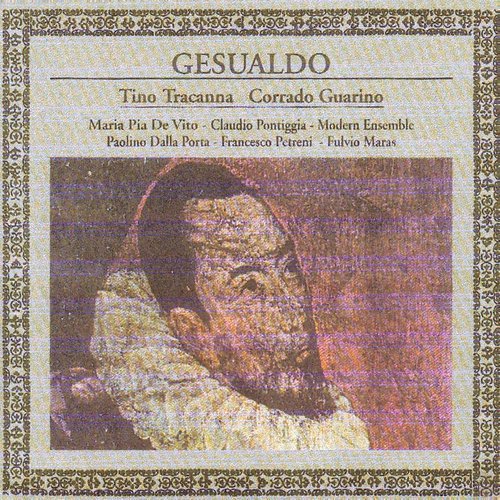

![Ben Aylon, Roei Hermon - SMALL ROOM IN DAKAR (2025) [Hi-Res] Ben Aylon, Roei Hermon - SMALL ROOM IN DAKAR (2025) [Hi-Res]](https://www.dibpic.com/uploads/posts/2025-12/1765640683_pl8lfacmwajwc_600.jpg)
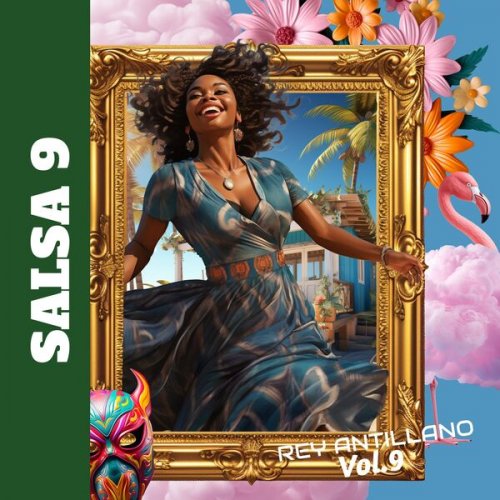
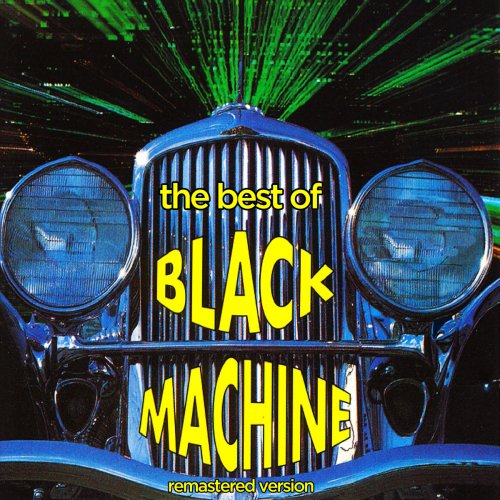
![Norbert Schneider - Guitar Speaks (2025) [Hi-Res] Norbert Schneider - Guitar Speaks (2025) [Hi-Res]](https://www.dibpic.com/uploads/posts/2025-12/1765494310_j09zk3wvbwioc_600.jpg)

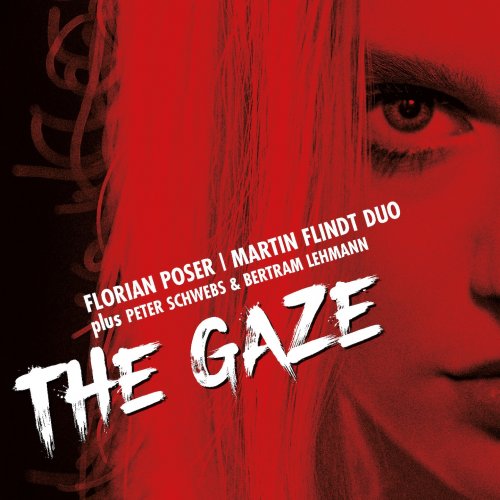
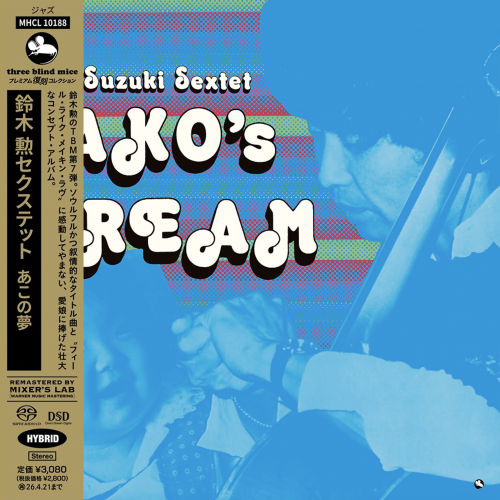
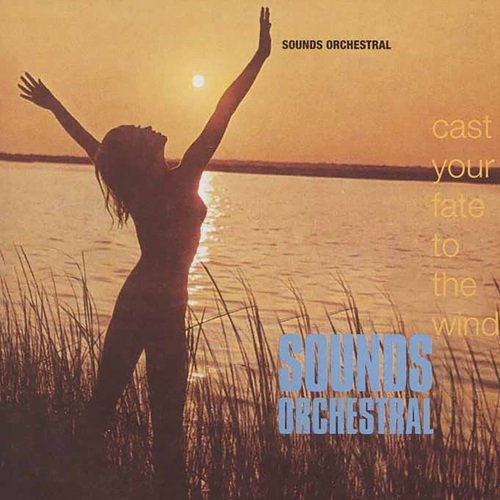
![Frank Sinatra - Christmas (Remastered) (2013) [Hi-Res] Frank Sinatra - Christmas (Remastered) (2013) [Hi-Res]](https://www.dibpic.com/uploads/posts/2025-12/1765618088_fsc500.jpg)